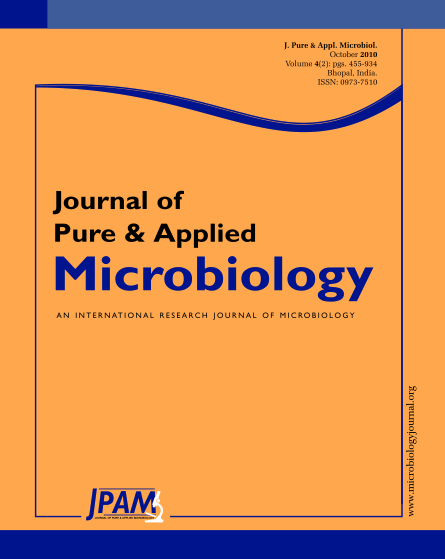Vitamin B12 production by Propionibacterium freudenreichii sub sp. Shermanii was optimized using Taguchi orthogonal array (OA) design of experiment (DOE). An OA layout of L18 (21 x 37) was constructed with eight most influencing factors on vitamin B12 production, six factors like carbon, nitrogen, phosphate source, metal ion (Fe, Co) and inoculum size were selected based on ‘’one variable at a time approach’’ along with two other factors such as glucose (substrate) and DMBI (precursor). All the above factors except FeSO4. 7H2O (two level) were taken at three levels for proposed experimental design. Analysis was done by using Qualitek-4 software at bigger is better as quality character and obtained a predicted vitamin B12 yield of 24.662 mg/L with a specific combination of factors. The optimal levels of factors (FeSO4.7H2O,12.5 mg/L; Inoculum size,10%; (NH4)2HPO4, 0.1%; Glucose, 10%; DMBI, 0.025 g/L; Yeast extract, 1%, Sodium lactate, 1%; CoCl2.6H2O, 10 mg/L) obtained from designed methodology was further validated by confirmation experiment and the enhanced vitamin B12 (16.2 mg/L to 23.1 mg/L) was obtained from its unoptimized condition. Taguchi approach of DOE methodology proved to be efficient in evaluating the interaction of each factor individually and in combination.
Orthogonal array, Propionibacterium freudenreichii sub sp. Shermanii, Taguchi DOE, Vitamin B12
© The Author(s) 2010. Open Access. This article is distributed under the terms of the Creative Commons Attribution 4.0 International License which permits unrestricted use, sharing, distribution, and reproduction in any medium, provided you give appropriate credit to the original author(s) and the source, provide a link to the Creative Commons license, and indicate if changes were made.


